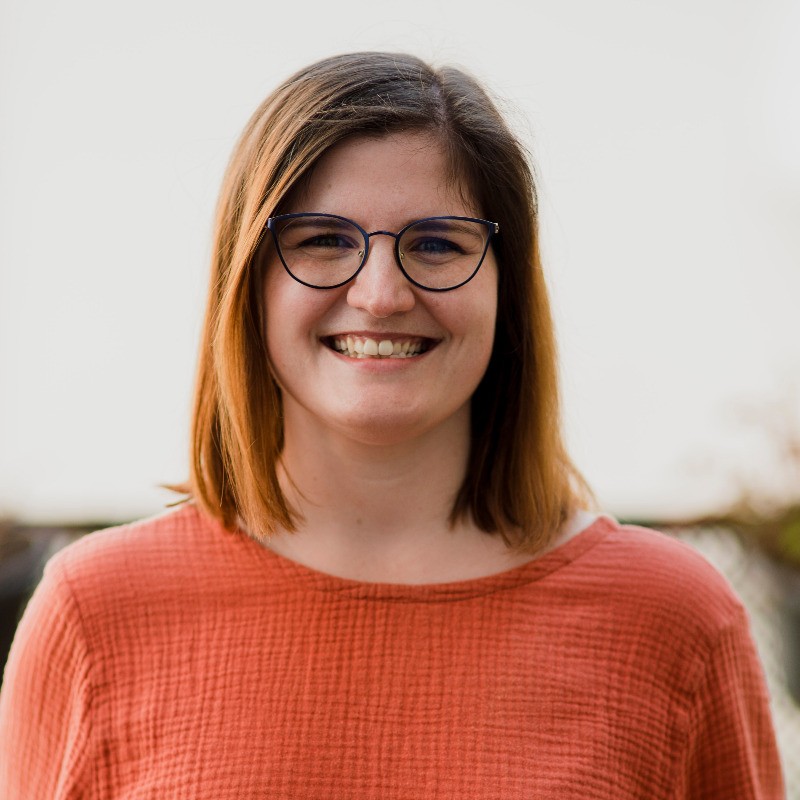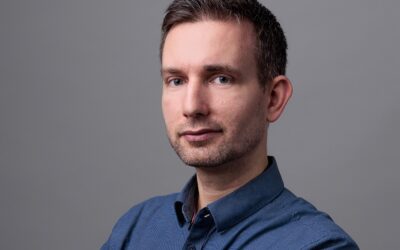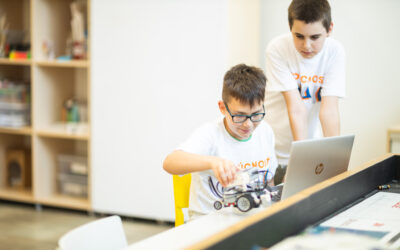Educational designer Zuzana Laurincová: We want pupils to be leaders of a better future
How to be more efficient, better, more focused and innovative at the same time in the educational process? At INAK Future, we are also asking ourselves this question, which is why we have launched our internal learning tool – INAK Learning Future. We have recently covered this topic and described the basic points of the process. A learning organisation is an internationally established concept that is about learning at the level of individuals, teams or the whole organisation, even at the level of the community with which the organisation is in contact. Today we will talk about this topic with our consultant Zuzana Laurincova from the Teach programme.
In the INAK Future Centres we want to develop the potential and talent that naturally exists in pupils and pupils of the second stage of primary school. We, who create the programme, also want to develop and move forward. What do you see as the importance of internal training?
Clearly in moving more consciously and effectively towards the change we want to see through our projects. The role of us, the designers of these programs, is to keep their content and form in line with their vision. It sounds simple, but under the influence of stakeholders, feedback, personal preferences of participants and even us, our pull on the goal can fall apart. That’s why we need a fine-tuned education system that helps us focus our energy on our longer-term vision. If we are clear about what the profile of our graduates is, or what outcomes we want to see for our pupils, we can start pulling together with the participants in the development programmes.
What has been your experience with a concept similar to the Learning Future INAK?
For more than five years I have been designing and organising longer-term development programmes. I myself have been a participant in more than one such opportunity, and the most revolutionary for my development and career direction was joining the two-year leadership programme at Teach for Slovakia, now known as Teach Next. Personally, I perceive great added value for myself in the opportunity to receive long-term training, mentoring and coaching support in addition to full-time employment, while at the same time having clear and ambitious expectations of the level to which my professional skills should gradually grow.

How to care for and develop the internal learning process so that it performs its function in the best possible way? Try describing it directly to your program that you are a part of.
I see my role at Teach as mainly maintaining the quality of the programme and continuously improving it. Together with my team, we are in charge of all training support in the program, which we constantly revise based on our reflections, feedback and program priorities. Two years ago, we went through a major redesign to underpin proactive resilience building for our participants. A year ago, we diluted the training topics a bit and better tied them to our organization’s mission, and moved the remaining topics to a newly created add-on to the program that is available to our graduates. Currently, most of my design time is devoted to adapting the foreign framework “Teaching as collective leadership” to Slovak conditions. Together with colleagues, program participants and students alike, we look at what should be present in classrooms where the goal of education is to develop students into leaders for a better future. Whatever we subsequently choose to prioritise will have an impact on our support systems, such as the content of training sessions or the framing of mentoring conversations, as well as monitoring and evaluation processes.
In your opinion, how is working with the people from the Future OTHER different compared to the Teach Next participants?
I think the difference is mainly in the starting point that you start from when you work with coordinators. Teach Next participants are mostly recent non-teaching graduates and report to a self-development leadership program that includes work in formal classroom education. Your coordinators, on the other hand, are already more experienced in non-formal education, have experience in youth work and are primarily applying to work in a project that includes systematic support from you. This is where designing in-house training can be a bit more complex, as needs and probably expectations of you vary from one coordinator to the next.
Zuzana Laurincová
He works as a Design and Impact manager at Teach. She studied at the Faculty of Political Science and International Relations of the Matej Bel University in Banská Bystrica. During her studies of international relations, she worked as a volunteer in Cambodia and Burkina Faso, interned at the Ministry of Foreign Affairs of the Slovak Republic and at the Permanent Representation to the UN, OSCE and other international organizations in Vienna.
Other news
Psychologist Križo: You need to know how to take care of yourself. If the teacher is not cool, the children will detect it
Viktor Križo from Inklucentro considers informal education of children aged 11 to 15 very useful and beneficial....
One Million grant for Open Future programme: We will expand to six more Slovak cities
Thanks to a grant from the Danish Villum Foundation in the amount of 1.3 million euros, we can spread Open Future...
Children as social innovators – they identified problems in their surroundings and proposed their solutions
Open Future programme Expo event connected people from business and public administration with elementary school...



